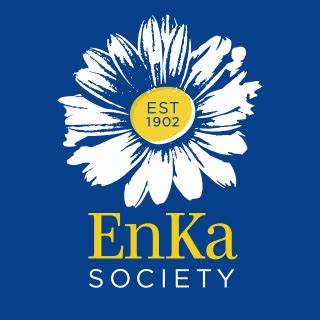Artist Statements
My first trip to Southeast Asia in April 2018 found me attracted to the symbiotic life and culture of the rivers, lakes, and ocean bays of Vietnam and Cambodia. I have been rendering these captures mostly as references or sketches to create dreamy, evocative spaces and places that transform the viewers sense of location and reality. Anonymity and references to painting are important to the mood I am attempting to convey. The alterations and enhancements, the manipulations of color and form add to the emotional response I am seeking from the viewer. There is often no consideration to reveal the content as it was.
This approach has carried over to a body of evolving work “Murder,” a yearly annoying invasion of crows in the town where I live, into an artistic, whimsical body of work. (A flock of crows is referred to as a “murder.” )
With my discovery of Instagram a year ago, I have been excited to dig deeper into the art/photo universe and I gratefully receive inspiration on a daily basis from other artists who excite me. My Instagram presence features many of the subjects I love.
Bio
Lawrence Manning’s personal and professional goals and life changed when he served as a Peace Corps English teacher and independent educational media consultant in Africa from 1969 through 1976. Not only did his entire global view and perception shift, but he passionately fell in love with taking pictures.
In 1976 he returned to the United States and was fortunate to be hired as a staff photographer at a fortune 500 company. He learned a great deal of his craft and knowledge while on the job making technical images as well as working with portraiture and journalistic news within the company.
By 1983 he opened his own freelance business and became intensely involved and invested in the early days of stock photography while pursuing commercial work. This business eventually evolved into Hill Street Studios, a full time commercial media production studio.
In 2004, HSS with 21 other major producers of stock imagery formed Blend Images, the first stock agency dedicated to producing ethnic business and lifestyle imagery. His commercial and stock images have appeared virtually everywhere in the world from small marketing campaigns to large scale advertising campaigns.
By 2016, the photography world had changed. With the evolution of the internet, the ubiquity of everyone being a photographer, and the saturation of stock photography, business declined and he began to seek projects that would challenge his creative needs, to give himself assignments and challenges, and commit his time and passion to creating a new more individualistic artistic style.
In the past two years he has seriously been experimenting, altering, and enhancing his images in post production and the production of art prints. His art often is an enhancement of what might be termed “street photography” to more dreamlike impressions with a painterly look.










